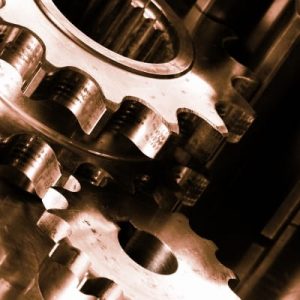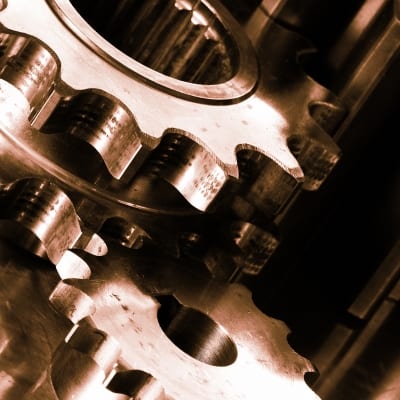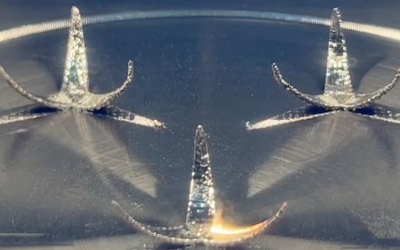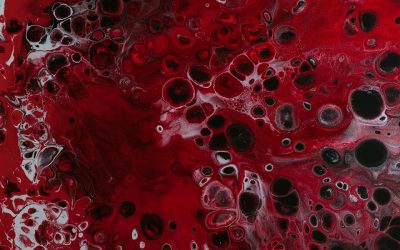Gear wheel manufacture is one of the key technologies for power train systems and in the automotive industry. High quality and performance gears are manufactured in high production batches. These complex parts, with stringent requirements, require stable processes and narrow tolerances in order to control manufacturing costs while ensuring quality.
 However, inhomogeneities in the material properties, process perturbations, and asymmetries in shape and operation setup provide a potential for the distortion of the parts. The distortion is often released by heat treatment in particular, although it is known that all operations in a process chain can contribute to distortion in principle. Moreover, experimental analyses show that the material flow in disk-like gear wheel blanks made of the widely used case hardening steel 20MnCr5 can vary significantly.
However, inhomogeneities in the material properties, process perturbations, and asymmetries in shape and operation setup provide a potential for the distortion of the parts. The distortion is often released by heat treatment in particular, although it is known that all operations in a process chain can contribute to distortion in principle. Moreover, experimental analyses show that the material flow in disk-like gear wheel blanks made of the widely used case hardening steel 20MnCr5 can vary significantly.
In a recently released paper, Dr. Rüdiger Rentsch from the IWT Bremen, Germany, has addressed this topic. He presents results on the distortion behavior of disk-like gear wheel blanks made of 20MnCr5 due to process parameter and forging related process perturbations. Besides experimental findings, Rentsch report on finite element (FE) analyses of the influence of process parameters and perturbations on the distortion.
The experimental results suggest that the direction and amount of distortion depends on the resulting distribution of the material flow in the disks. On basis of FE analysis the influence of possible parameters, asymmetries and process perturbations on the dishing behavior have been investigated considering closely the circumstances of the forging process.
A temperature gradient over the height of the workpiece is assumed to be largely responsible for material flow variations and the related dishing of the forged gear wheel blanks. Further experiments confirmed the well known practical experience, that symmetric cross-sections and a symmetric forging process reduce the distortion of parts.
First results on the influence of a material flow asymmetry due to an excentric positioning of the upset billet, an asymmetric die, workpiece friction or die temperature distributions showed rather negligible effects on the distribution of the material flow. Therefore these process perturbations were discarded as possible causes for the scatter of the material flow.
Image: Idea go / FreeDigitalPhotos.net

















